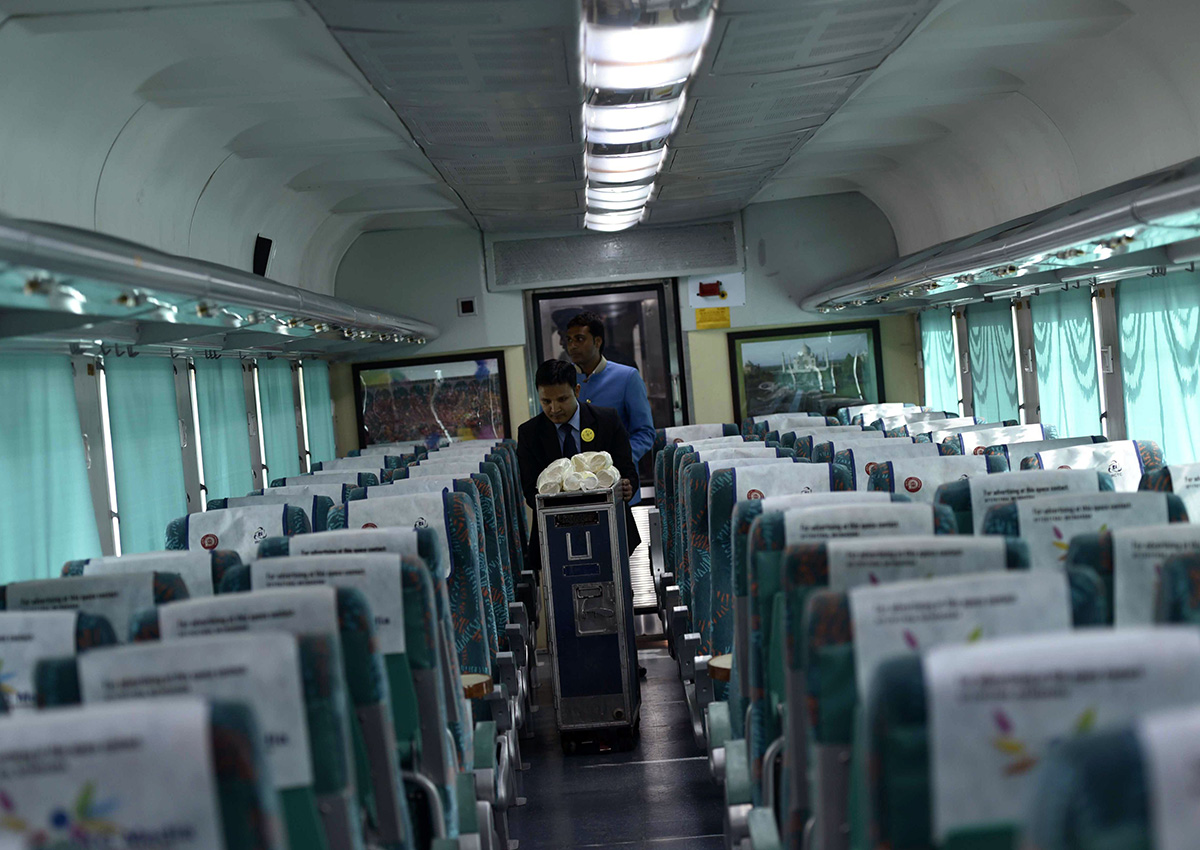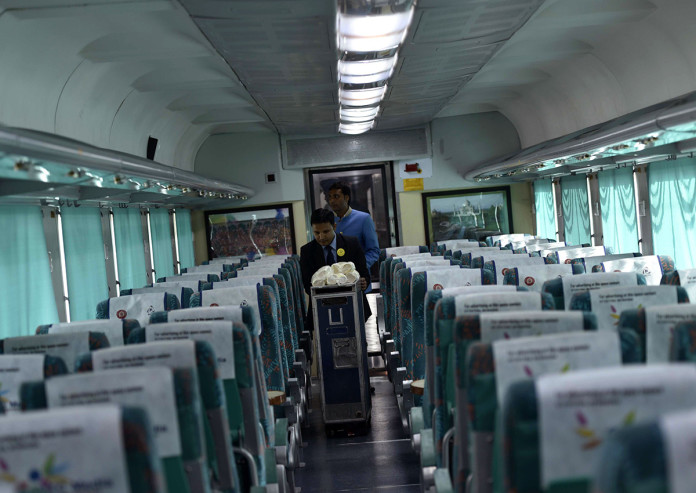NEW DELHI – India flagged off its fastest-ever train on Tuesday as part of a major modernisation of the crumbling railway system – but its top speed is only half of those in China and other countries.
Railways Minister Suresh Prabhu hailed the Gatimaan Express, running from New Delhi to the Taj Mahal and boasting hostesses and bone china crockery, as “a new era of high-speed rail travel”.
But the express has a top speed of 160 kilometres (100 miles) per hour, compared to trains in China, Japan, France and other countries which can reach 320 kilometres (200 miles) per hour or more.
Described by the government as India’s first “semi high-speed train”, it is part of Prime Minister Narendra Modi’s US$135 billion (S$183.2 billion) plan to overhaul Asia’s oldest rail network over five years.
Railways are a lifeline for India’s 1.25 billion people and the main form of long-distance travel. About 23 million people, equivalent to the population of Australia, travel by train every day.
But the railways are creaking from decades of neglect and chronic underinvestment. The government is seeking foreign assistance and has signed a deal with Japan to build India’s first bullet train.
The 100-minute journey on the Gatimaan Express, from the capital to Agra, home of the famous Taj Mahal, will cost between 750 rupees ($12) and 1,500 rupees (S$30) depending on seat class.
The Gatimaan also includes plush interiors, bio-toilets and soap dispensers, a GPS-passenger information service, automatic sliding doors in coaches, a WiFi-based electronic entertainment system and a range of cuisines served on china in executive class.
“Its speed is an improvement over other trains running on the same route at 150 kilometres an hour,” Indian Railways spokesman Neeraj Sharma told AFP.
Most trains in India, however, average speeds of around 110 kilometres an hour.






